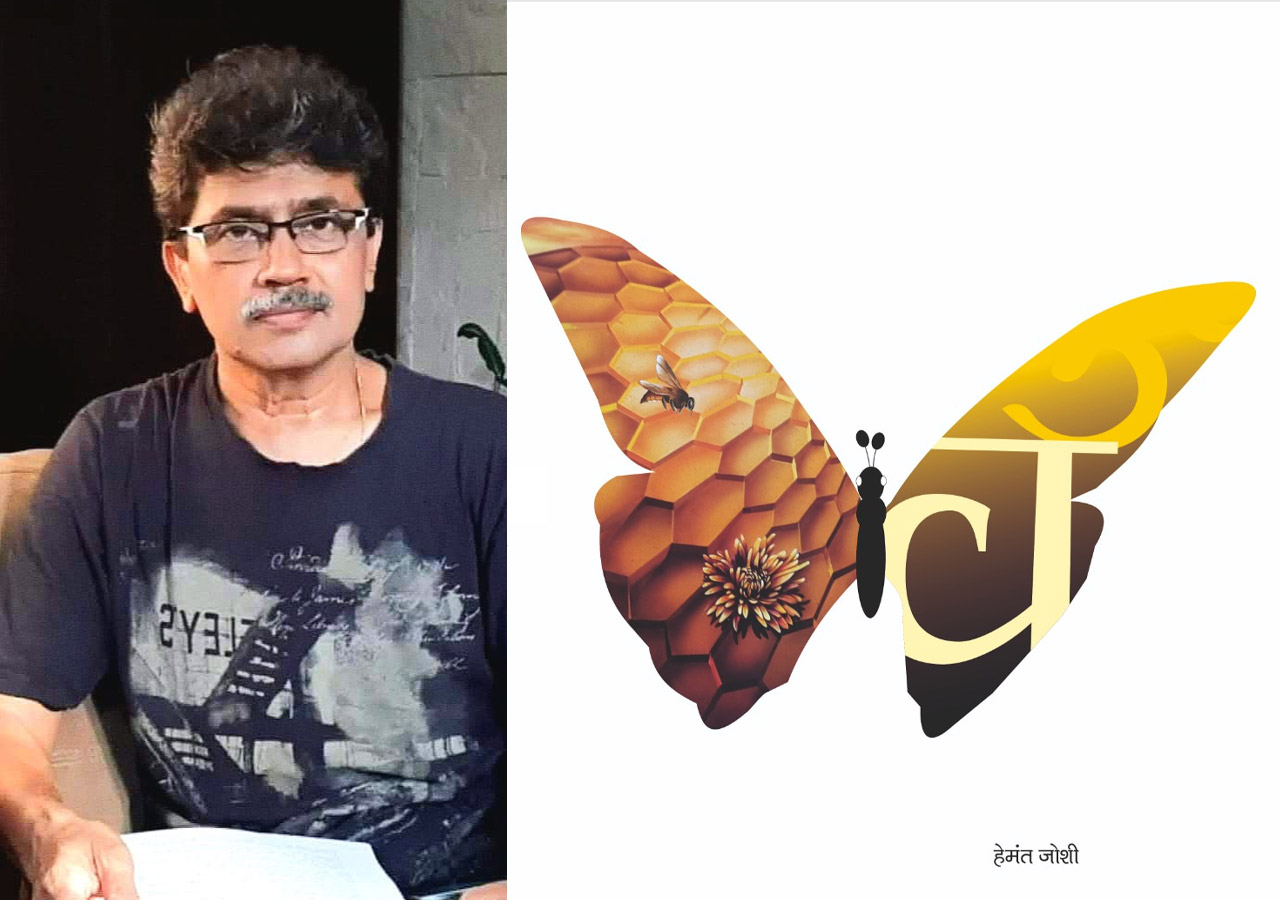
Poetry is not just read—it is seen, heard, and experienced. It transcends form and language, converging into a deeper field of meaning.
Drukkavya is the first of its kind—a book that blurs the boundaries between language and visual art. Created by artist and poet Hemant Joshi, Drukkavya invites readers to enter a space where words, images, and idioms converge. It is poetry not just meant to be read, but to be seen and experienced.
The juxtaposition of Marathi and English, the use of fragmented phrases, and abstract symbolism explore themes of cultural hybridity, perception, and the search for meaning. Joshi urges us to set aside our assumptions about what is seen and what is imagined.
As surrealist René Magritte once said: “An object is not so attached to its name that we cannot find another that would suit it better.” That philosophy is central to Drukkavya’s poetic language.
Hemant Joshi, a former creative director whose professional work spans sectors from finance to travel and international tech brands like Panasonic, brings decades of experience across media. A published Marathi poet—his previous book launched at Granthali, Bandra in 2023—he is also a visual artist whose work has been showcased in solo and group exhibitions at venues including Jehangir Art Gallery (Mumbai), Lalit Kala Akademi (Delhi), and other cities across India.
Drukkavya reflects his lifelong engagement with the intersections of language, image, and philosophical inquiry.
Within its pages, words bend, break, and reassemble, detached from fixed meaning and reimagined anew. It offers a rare dialogue between poetry and image—image as poem, poem as image—drawing from surrealist lineage while carving its own visual language. Inspired in part by Guillaume Apollinaire’s calligram: “Every image is a poem, and every poem is an image,” Joshi builds on a tradition that traces back to 1918, when Apollinaire first coined the term “surrealism”, influenced by Chagall and de Chirico.
If art history laid the groundwork, Drukkavya stands uniquely at the crossroads of visual poetics and Marathi language experimentation. In the way Geeta Vadhera brought Devanagari calligrams to the fore in the 1990s, Drukkavya suggests a new possibility: a Marathi visual poetry renaissance.
Drukkavya is more than a poetry collection—it is a quiet yet radical act of hybridisation. It reflects a maturing literary-visual consciousness in Marathi, while joining a global continuum of visual poetics. It deserves recognition not only as a literary work but as a significant artefact of contemporary art, design, and linguistic experimentation.
With its launch at NCPA and growing interest across art and literary circles, Drukkavya marks not just a milestone in visual poetics, but a beginning—a lens into how language might look, and how imagery might speak.


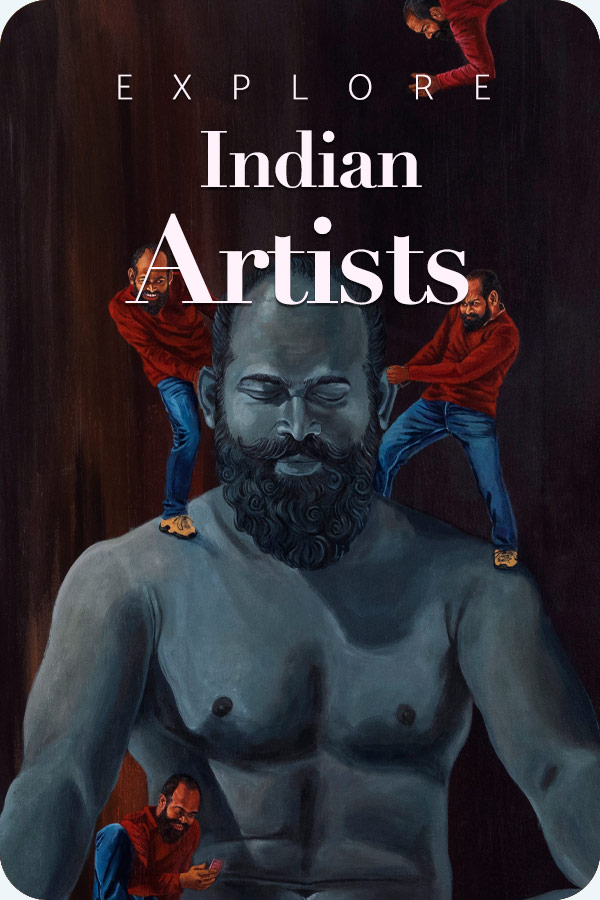
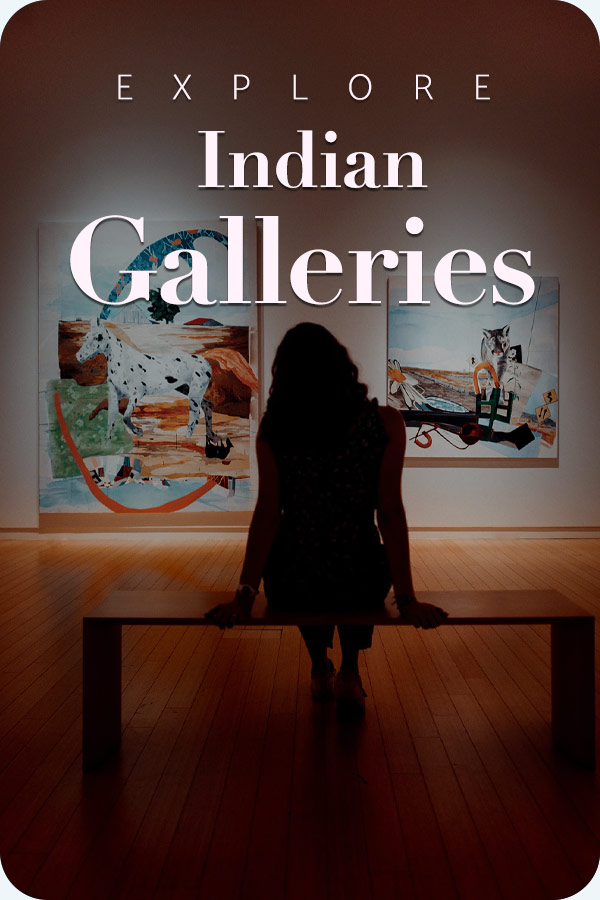
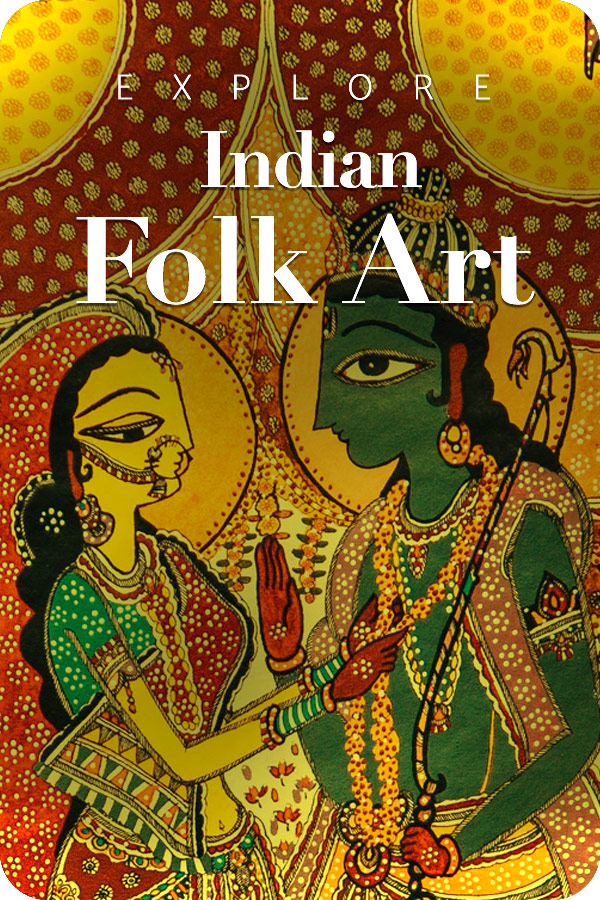
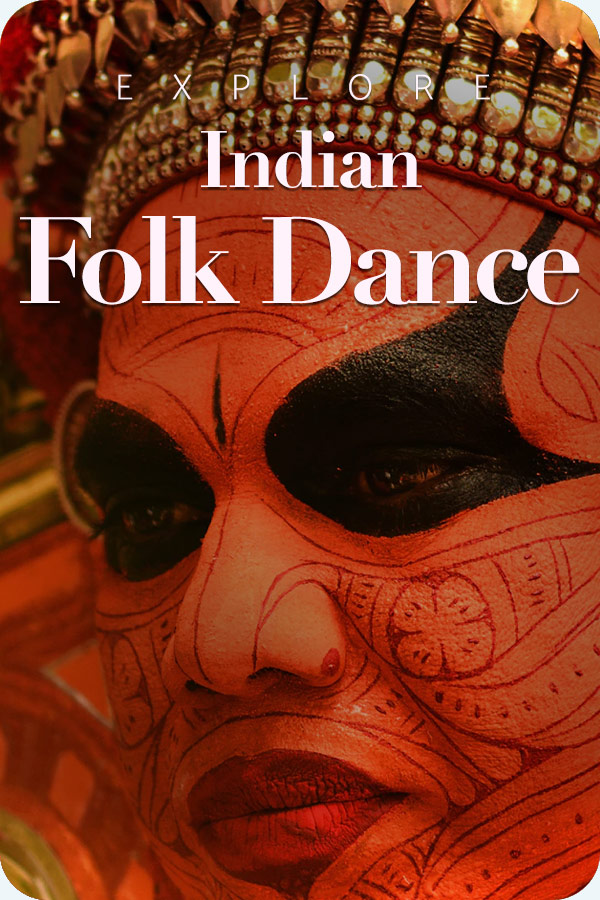

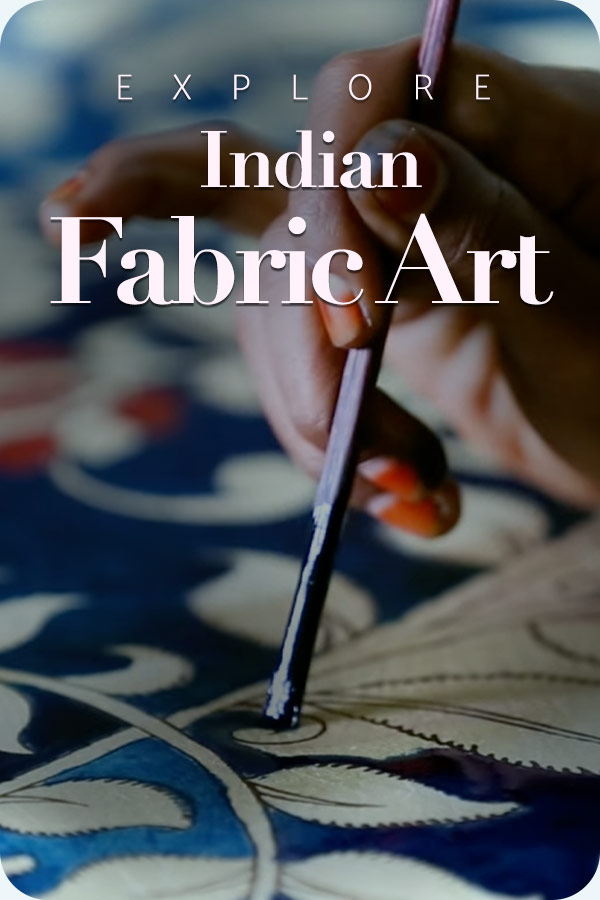
It’s a wonderful read!
What a brilliant way to showcase that the root of experiencing poetry is feeling it deeply and interfacing it with imagery to draw it in. Kudos to Mr. Joshi for blending art with poetry. What a beautiful thought!